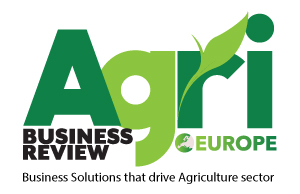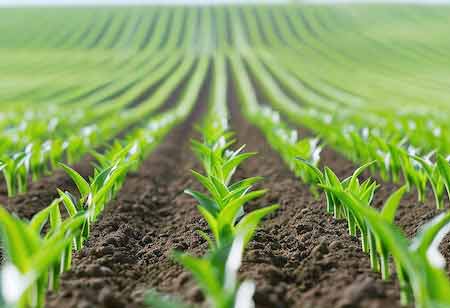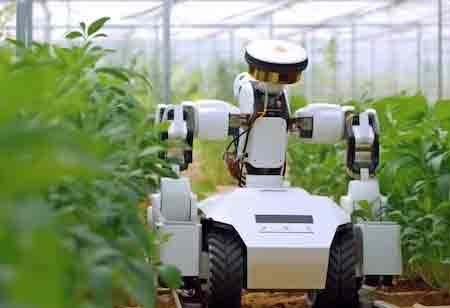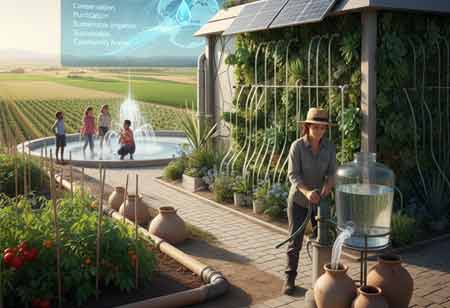Thank you for Subscribing to Agri Business Review Weekly Brief
The Role of Drought-Resilient Crop Varieties in Combating Water Stress in Europe
Europe faces increasing water stress and droughts due to climate change, necessitating drought-resilient crops to enhance agricultural productivity and food security through innovative breeding and supportive policies.

By
Agri Business Review | Monday, November 24, 2025
Stay ahead of the industry with exclusive feature stories on the top companies, expert insights and the latest news delivered straight to your inbox. Subscribe today.
Fremont, CA: Europe is increasingly facing water stress and recurring droughts, consequences driven mainly by climate change. These environmental challenges pose a significant threat to agricultural productivity, food security, and the continent's ecosystems. A crucial, proactive adaptation strategy is the widespread adoption and development of drought-resistant crop varieties.
The Promise of Drought-Resilient Crops
Drought-resilient crops are specifically developed to sustain viable yields under water-scarce conditions, drawing on a range of physiological and genetic mechanisms. These varieties employ drought-avoidance strategies—such as reducing stomatal density or accelerating maturation—to minimise water loss and complete their life cycles before severe stress sets in.
They also exhibit enhanced drought tolerance, maintaining root growth and architecture that allow access to deeper soil moisture. Improved water-use efficiency enables these crops to generate more biomass per unit of water consumed, making them better suited to increasingly arid agricultural environments. Collectively, these traits position drought-resilient crops as a critical component of climate-adaptive food systems.
Breeding for Resilience: Science, Policy, and Implementation
Advancing drought resilience relies heavily on scientific research, plant breeding, and strategic policy support. Breeders are combining traditional selection methods with state-of-the-art genomic tools to identify and integrate traits from wild crop relatives that have naturally adapted to harsh climates over millennia. European research initiatives—such as the EU-funded RESIST project—are further exploring the unique survival capabilities of “resurrection” plants to enhance crop resilience in wheat, barley, and tomato. Studies also highlight the importance of drought tolerance during critical reproductive phases, particularly in regions like Southern Europe. Oilseeds such as sunflower and soybean, along with pulses like chickpeas and lentils, continue to offer inherent advantages due to their naturally lower water requirements.
At the policy level, the European Union is embedding drought resilience within its agricultural and climate frameworks. The reformed Common Agricultural Policy (2023–2027) incentivises sustainable practices through eco-schemes, crop diversification, and support for water-efficient technologies. Complementing this, the EU Adaptation Strategy seeks to accelerate systemic climate adaptation by promoting nature-based solutions, local initiatives, and targeted research. Horizon Europe and specialised programmes—including projects like DROPS—further strengthen this effort by funding research into new drought-tolerant cultivars and modelling their performance under future climate scenarios, ultimately equipping plant breeders and policymakers with the tools needed to safeguard Europe’s agricultural productivity.
The adoption of drought-resilient crop varieties is not a silver bullet, but it is an essential component of a comprehensive strategy to combat water stress in European agriculture. By combining genetic innovation with other climate-smart practices—such as improved soil health, efficient irrigation techniques, and diversified cropping systems—Europe can strengthen its food security, reduce its environmental footprint, and build a more resilient agricultural sector prepared for the realities of a changing climate.





